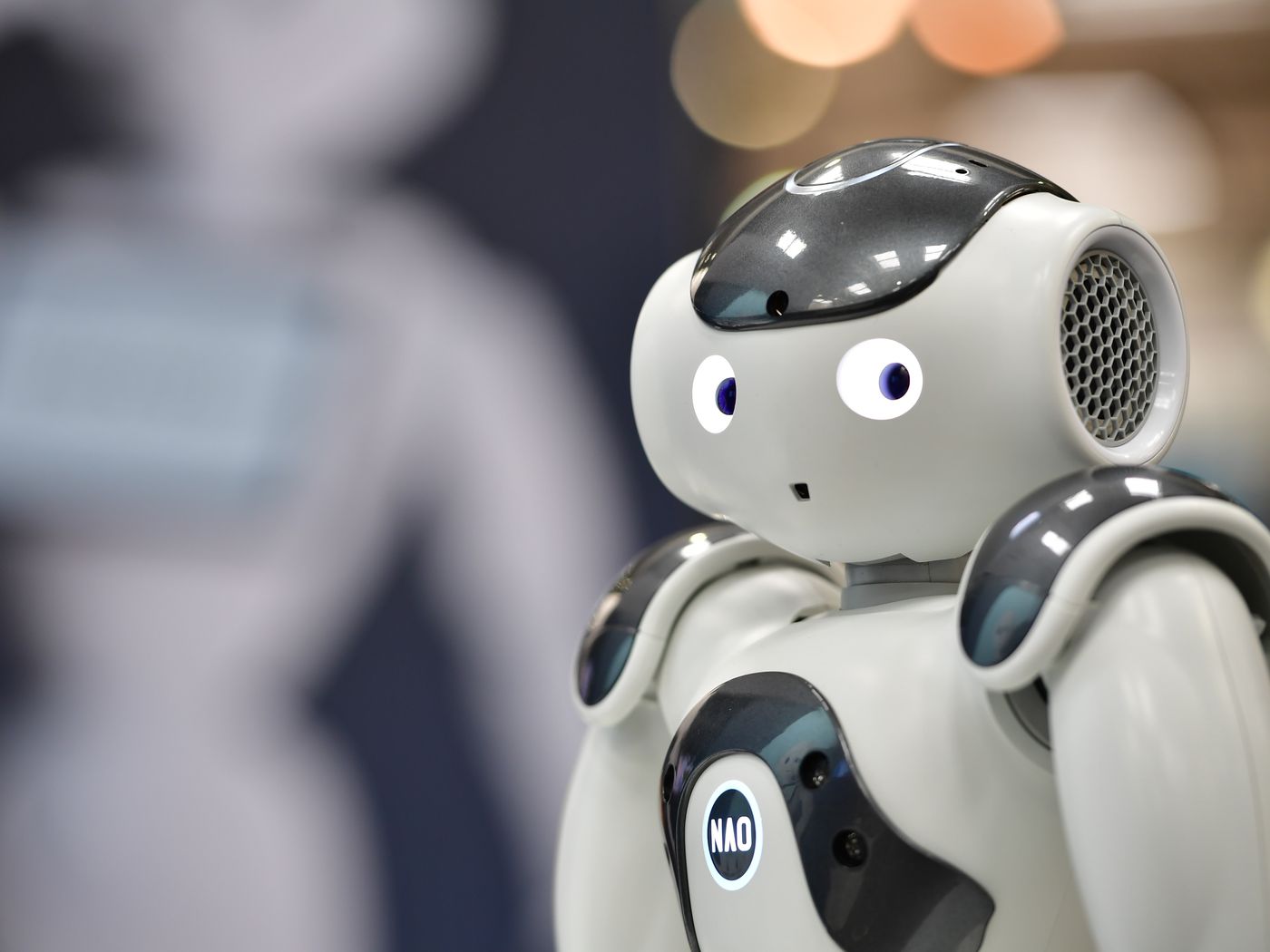
This remote control robot accepts its order from outer space
One of the biggest challenges in space exploration is the dangerous nature of the space environment: many places we want to explore do not have or low oxygen levels, low gravity or micro, and potentially dangerous radiation spaces. That’s why we send robots like the Mars Rovers of perseverance and curiosity, which can explore the environment for months and years that will be dangerous for humans.
One
But there are still many things that humans both in robots cannot be done. Even when robots get better in autonomous decision making, human explorers are still far better in interacting with their environment in many ways. The European Space Agency (ESA) has worked on this problem by finding a way to have the best of both worlds, where Robot Explorers send haptic feedback to human controllers who can “feel” objects that interact with robots.
The idea of an analog-1-1 mission is to get astronauts at the International Space Station to control the robot located on earth. Earth-based rover has gripper tools that have similar mobility and dexterity to human hands (through ESA) which can take rock samples. Astronauts controlling Rover, Luca Parmititano, got haptic feedback from the robot gripper who helped him to “feel” the robot sample was collecting.
“Imagine the robot as a Luca avatar on earth, giving him a vision and touch,” said the main researcher Kjetil Worms when the first experiment was carried out in 2019 (through ESA). “It is equipped with two cameras – one in the palm of his hand, the other on the arms that maneuver – to let Luca and scientists located far to observe the environment and get close-ups on the rock.”
Handing for the moon mission
Since then, there have been a total of 11 experiments conducted in analog-1 mission, and the results have been recently published in open astronomical journals. The series of experiments has a rover located in a simulated month environment located in the ESA facility in the Netherlands. Parmititano’s duties will choose and store stone samples, which involve him controlling the robot arm and getting haptic feedback that is simulated feel the weight of the sample when the Rover moves them.
The hope is that the technology can be used in the mission of the future, as a way to explore the environment in a safe manner. With the Artemis NASA mission that will come to the moon, which will be contributed by ESA, there is an increase in interest to return to the moon and explore once more. It has been more than 50 years since humans visit the moon but technologies such as Analog-1 can help us explore hostile environments with less risks for astronauts.
“The combination of strong Robot Explorer on the surface of the moon and the highly trained astronaut operators in the relative salvation of orbits will enable more difficult and complex investigations from the surface which is currently possible,” the main author of the study, Kjetil Worms (via Alphagalileo). “It is possible that this can, one day, even open the way to build and maintain the presence of humans on the moon.”
You may also like
Archives
Calendar
| M | T | W | T | F | S | S |
|---|---|---|---|---|---|---|
| 1 | 2 | 3 | 4 | 5 | 6 | 7 |
| 8 | 9 | 10 | 11 | 12 | 13 | 14 |
| 15 | 16 | 17 | 18 | 19 | 20 | 21 |
| 22 | 23 | 24 | 25 | 26 | 27 | 28 |
| 29 | 30 | 31 | ||||

Leave a Reply